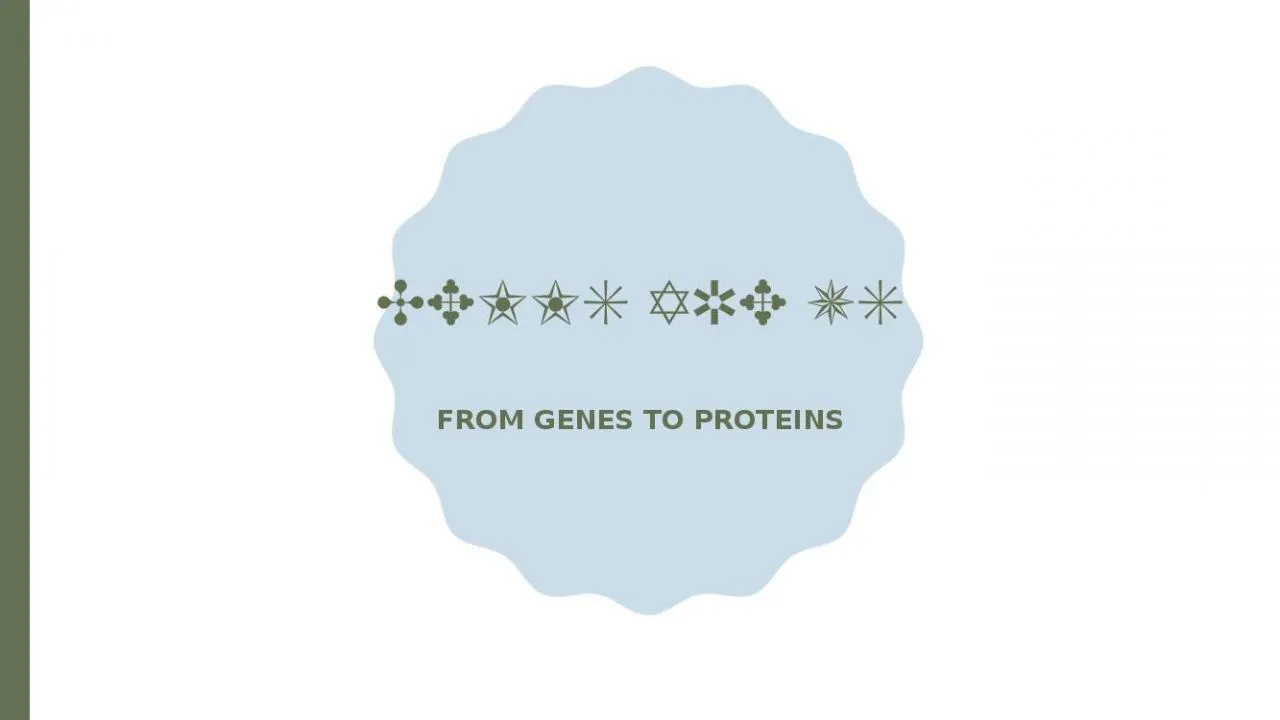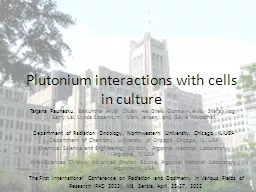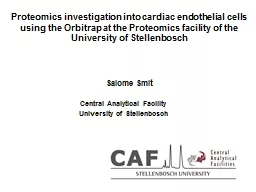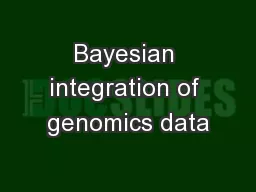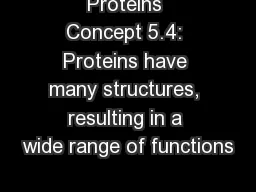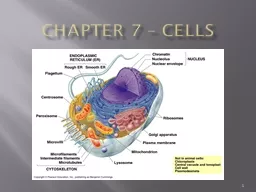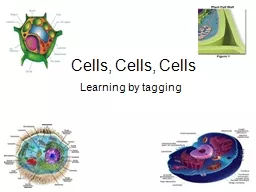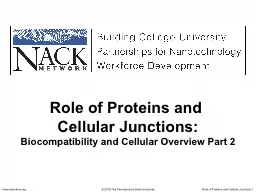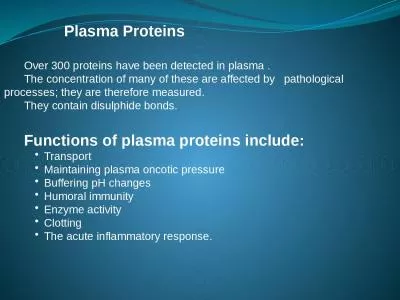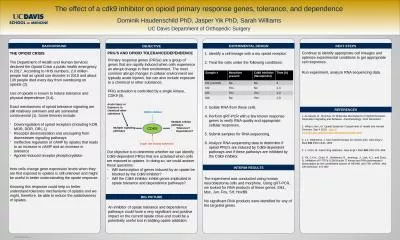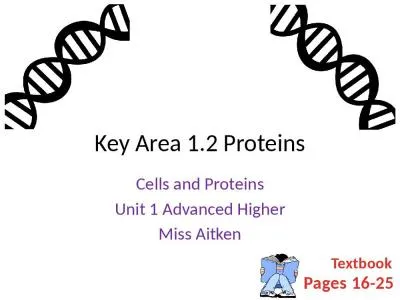PPT-CELLS ARE US FROM GENES TO PROTEINS
Author : yvonne | Published Date : 2024-06-10
NAVIGATION TABLE Cells Are Us From Genes to Proteins PreTest Introduction Why It Matters How We Know What We Know Story Time Common Hazards Activities SelfStudy
Presentation Embed Code
Download Presentation
Download Presentation The PPT/PDF document "CELLS ARE US FROM GENES TO PROTEINS" is the property of its rightful owner. Permission is granted to download and print the materials on this website for personal, non-commercial use only, and to display it on your personal computer provided you do not modify the materials and that you retain all copyright notices contained in the materials. By downloading content from our website, you accept the terms of this agreement.
CELLS ARE US FROM GENES TO PROTEINS: Transcript
Download Rules Of Document
"CELLS ARE US FROM GENES TO PROTEINS"The content belongs to its owner. You may download and print it for personal use, without modification, and keep all copyright notices. By downloading, you agree to these terms.
Related Documents

